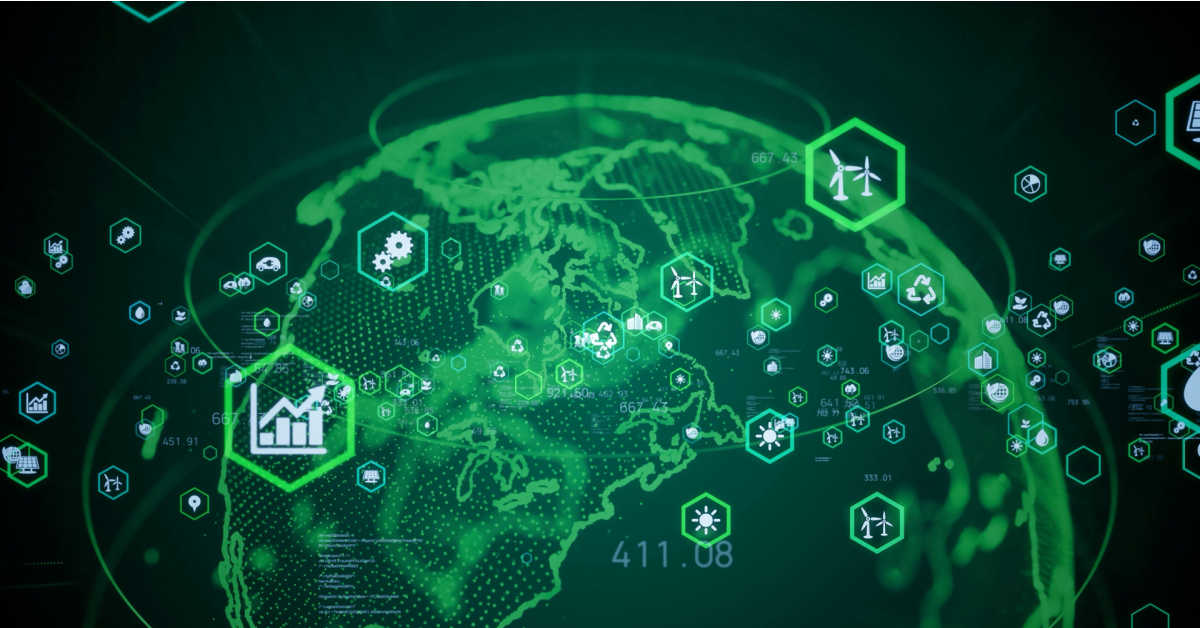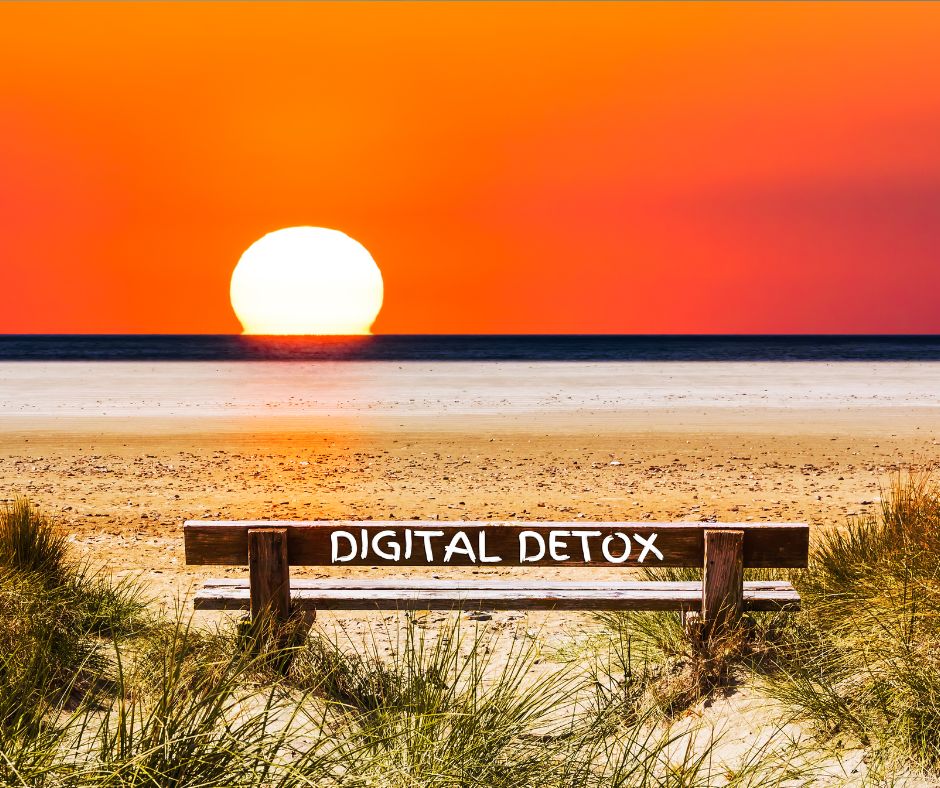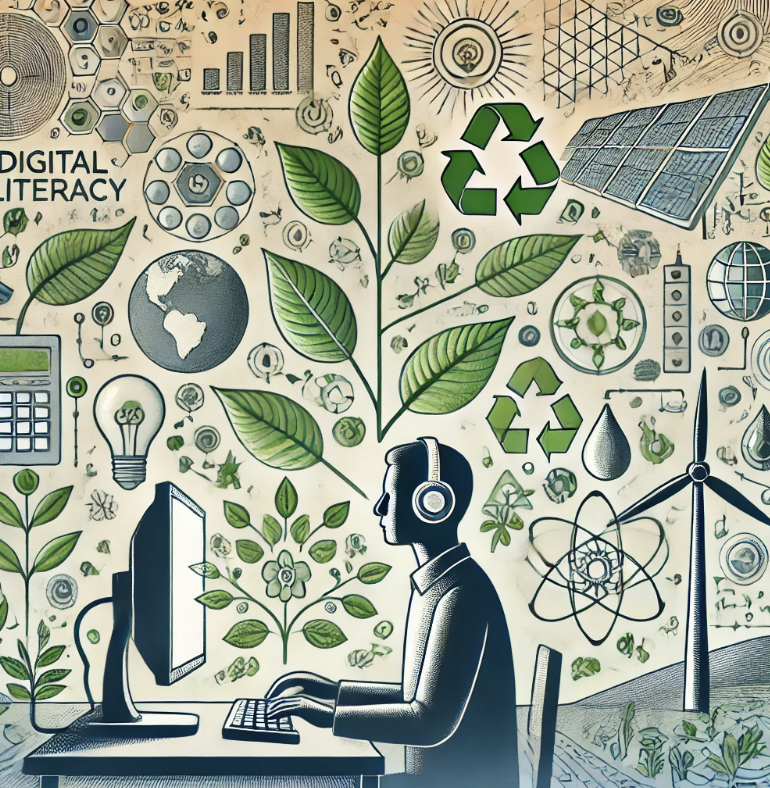Do you want to learn more about GNET ?
Click on the button below and download the guidelines for moderators to host debates.

Already making sustainable changes to your day-to-day life?
Fantastic! More and more of us are beginning to adopt eco-friendly, digital sustainability behaviours, such as recycling paper, turning lights off when they’re not needed, and using less water. But the truth is that a lot of us still need to be doing more.
To make an even bigger difference, we need to consider not only sustainability in the physical world, but in the digital world, too. And this means taking a look at how we can reduce the impact on the environment of our digital products, our virtual communications, and our online activities.
Why do we need to think about digital sustainability? Because the internet is not guilt-free. In fact, reports show that the internet as a whole consumes more electricity than the entire UK every year.
We need to act. But how? If you’re looking for inspiration, check out 13 of my top tips below:
Set a page weight budget
If you’re building websites, it’s always natural to ask ‘what’s possible?’. And the answer today is ‘practically anything’. But this means it’s easy to get carried away, building sites that are impressive, yet damaging to our planet. Did you know that the average size of a web page grew from 484 kilobytes to over 2000 in just 10 years? This means that the average web page is now responsible for 0.5g of carbon dioxide per view. And so it’s always a good idea to start out by setting a page weight budget. This is the maximum ‘weight’ that any page you publish can weigh in kilobytes or megabytes. Quite simply, the lower the weight, the faster your pages will load, and the less energy they’ll use.
For digital sustainability choose audio, not video
Since the global health crisis, video conferencing tools have become increasingly popular. In fact, at the height of the pandemic, around 1.7 million people in the UK alone were using Zoom on a daily basis. However, it’s reported that just one hour of Zoom video conferencing can produce between 150 – 1000g of carbon dioxide. It’s estimated that if the remote working revolution continues, video conferencing could be responsible for an additional 34.3 million tons of CO2 in the atmosphere. The good news is that studies have shown that keeping your camera off and using audio alone could help to reduce the carbon footprint of Zoom, and other digital communication tools, by up to 96%.
Power off technology
While turning off devices may seem like an obvious behaviour, many people are simply turning off their screens or using power-saving options, rather than turning technology off at the wall when not in use. And the difference in terms of energy usage and carbon emissions could be staggering. Research from the University of Oxford shows that an active desktop uses around 40W of electricity. This is reduced to 15W with power-saving options, and to 2W when inactive. But turning off at the wall can bring this down to zero. The researchers found that, within the university, each member of staff could reduce their personal carbon emissions by 69kg per year by powering off technology.
Think aesthetics
When designing digital products, you might be thinking about the psychology of colour. It’s often said that different colours can have different effects on audiences, encouraging them to feel a certain emotion, or inspiring them to take a specific action. However, it’s important to be aware that different colours require different amounts of energy to show up. For example, while red uses 600mW in full brightness, green uses 580mW, and blue – one of the worst offenders – uses 800mW. Typically, black uses the least amount of energy, while white uses the most. Therefore, when designing your digital product, try to select a more eco-friendly colour scheme where possible.
Stream at lower resolutions
The International Energy Agency (IEA) estimates that an hour of video streaming emits around 36g of carbon dioxide, and uses about 0.8kWh of energy. This comes not only from the device itself, but from the data centres hosting the video, and the infrastructure supporting the network. The good news, however, is that streaming video could be made much more sustainable if everyone was to stream in standard definition, rather than in high definition. Estimates show that switching from HD to SD could result in an 86% reduction in streaming’s impact on the planet. While this may mean your picture isn’t as impressive, ask yourself if you really need to watch The Crown in 4K!
Use responsive design
Google states that the average mobile web page takes more than 15 seconds to load. Ideally, that should be just 5 seconds or less. Many of us – especially if we’ve built websites before – will already know that slow-loading sites can impact the user experience, and make visitors 62% less likely to take action. However, what most of us don’t know is that these slow-loading sites can also affect our digital sustainability. When pages are slower to load, they use more energy, and they force users to spend more time online. Responsive design is the solution here. It ensures your design automatically adjusts based on the screen size, platform, and orientation of each visitor’s own user device.
Try ‘green’ search engines
Back in 2009, it was reported that each online search uses 1kJ of energy. Fortunately, the figures today are understood to be much lower as data centre sustainability increases. However, as Google notes, while the amount of energy consumed per search is very small, “with millions of searches per minute and trillions per year, it adds up to a whole lot of energy”. Therefore, you might want to think about using green search engines when you’re online. Both Google and Microsoft are now carbon neutral, but there are some alternatives to try, too. Some search engines, for example, use the profits they make from search ads to plant more trees, helping to sequester carbon from the atmosphere.
Build an ESG strategy
ESG stands for ‘environmental, social, and governance’, and it’s a way of creating a set of repeatable processes that can help your business – or even yourself individually – behave in a way that aligns with your environmental, social, and governance goals. The one we’re most interested in here is, of course, the environmental side. And it’s all about creating a plan for how you can approach your digital activities and initiatives in a more sustainable way, helping to cut carbon emissions and fight back against climate change. Building a strategy ensures that you’re clear on what actions you need to take to edge you closer towards your digital sustainability goals, and really make a difference.
Design in dark mode
When creating digital products like websites or apps, try to design with dark mode in mind, and ensure this is an option available to your users. Dark mode is an alternative colour scheme that uses less energy-intensive colour schemes. At the 2018 Android Dev Summit, it was reported that the power usage for OLED screens can drop by as much as 63% when viewing an app or website in dark mode. It’s natural to be worried about maintaining consistent branding here, but don’t be. Remember that ‘dark mode’ doesn’t mean designing everything in black. It simply means using a low-light theme. You should be able to maintain your branding while still using darker, muted colours.
Streamline emails
They’ve been saying for years that email isn’t dead. And it certainly seems to be making a comeback. But should it be? The average email that goes directly into your spam folder is responsible for 3g of CO2. This rises to 17g for an email that takes 10 minutes to write, and 3 minutes to read. And a long email sent to 100 people could produce 26g, according to the Carbon Literacy Project. Email can be useful in terms of cutting down on travel to meetings. However, it should be used sparingly if you’re striving to become more digitally sustainable. Try to avoid ‘nicety’ emails sent for the sake of it, and use email only as necessary. Try to avoid unnecessary attachments, too, such as signatures.
Embrace cloud computing
Cloud computing is a bit of a controversial area when it comes to digital sustainability. Because, of course, cloud data centres do use significant amounts of energy. However, it’s estimated that if we all moved our IT infrastructure from traditional data centres to the cloud, we could help to reduce data centre emissions by 72-98%. How? Well, newer cloud data centres are actively trying to reduce their impact by using innovative cooling systems, power optimisation technologies, and more, keeping their environmental impact minimal. The International Data Corporation predicts that cloud computing could prevent more than 1 billion metric tons of CO2 being emitted within just 3 years.
Build efficient user journeys
It’s often said that the aim of a website is to get visitors to stick around; to spend longer on it. But that’s not really true. The reason we want them to stick around is that the longer they’re on a site, the more engaged they’ll be. So really, our aim should be to build engagement faster. By doing this, visitors spend less time online, use less energy, and produce fewer emissions. We need visitors to spend less time finding the information and gaining the trust they need to take action. And that comes from building simple, efficient, and effective user journeys. Before building a site, work to identify personas, consider mindsets, and think about pain points, building the best journey possible.
Consider green hosting
If you’re not already using green hosting for your websites, then this is something you can look into in a bid to boost your digital sustainability. Green hosting means that the hosting provider is producing more energy than it consumes, or offsetting its emissions in some way. The most common form of green hosting involves the hosting provider using renewable energy such as solar or wind. Investing in green hosting and green digital infrastructure can be one of the easiest and most effective ways to ensure excellent website performance, while minimising the effect on the planet. You can check if your current hosting provider operates in this way by using the Green Web Check.
Why sustainability should be your new focus
Digital sustainability may seem like a complicated area. But in reality, it can be quite simple to achieve. Especially with help from the 13 top tips above. But a question that may still be on your mind is ‘why?’. Of course, we all know that becoming more digitally sustainable can help the planet. But what’s really in it for you? Well, there are plenty of advantages that are worth noting.
For example, digital sustainability could help to reduce your costs. It can also help to boost your reputation, showing your audience that you’re committed to acting in the most ethical way, making necessary changes to do what’s right. This can help drive even more people to your website, application, or other digital product, potentially boosting profits and revenue.
Making digital sustainability part of your core values could be exactly what you need to thrive.
Source: https://freestyleinternet.co.uk/13-digital-sustainability-tips/
You must be logged in to post a comment.








Click on the button below and download the guidelines for moderators to host debates.
“Embracing digital sustainability isn’t just a responsibility; it’s an opportunity. These 13 tips offer practical ways to reduce our digital footprint, benefiting both our planet and businesses. #SustainableTech”
This information has a lot of potential, maybe we could spread it around by creating some slides for social media or something. Very useful!